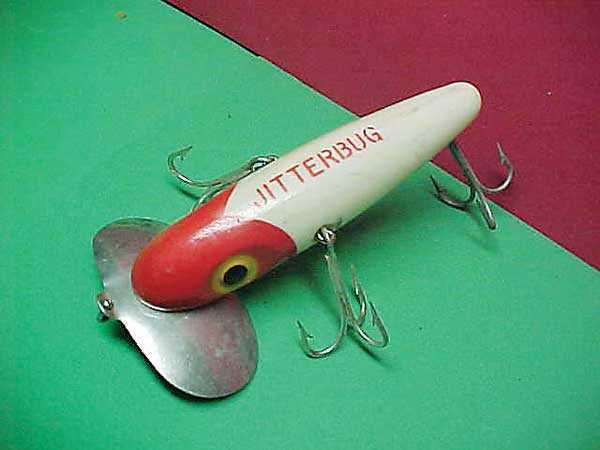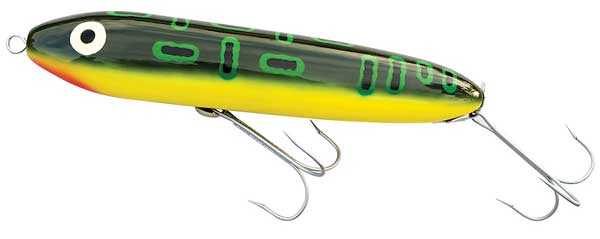By Wayne Hooper
Lake fishing in July in New England is like fishing in March in Florida. Our weather brings hot, steamy days of 80 plus degrees with little wind and some humidity. The waters of our lakes will reach the high 70’s to the low 80’s and the bass, crappies and pickerel will head to the shade of the Lilly Pads.
Warmer waters will find trout and salmon diving deep into cooler water to find their comfort zone and they will stay at depths of 50 to 100 feet unless the water becomes too warm and then they will dive even deeper. The area they are searching for is called the Thermocline and it is rich in cooler water, algae and other zooplankton, more oxygen and baitfish such as minnows, smelt and shad. Think of it as the fish turning on an air conditioner.
When the moon is full or nearly full, trout, salmon, bass and other species will feed throughout the night as it’s cooler, there are less boaters on the water but plenty of light to make baitfish more visible.
As in all fishing the best times are just before sunrise or an hour or so after sunset when the bright sun is not a factor and where there is more oxygen. Make sure you start with a topwater lure for bass. My favorites are a Zara Spook, a Jitterbug or a Pop-R. There are many other great topwater lures on the market but these three have been around for a long time so you know they can produce.
During the day, you should make it a priority to always fish inlets and outlets as they have the coolest water and they can hold the biggest fish.
Our saltwater fishing in the north is superb with stripers and bluefish being joined by Bluefin Tuna during July. Other species that swim our northern waters include: Hake, Cod, Haddock, Black Sea Bass, Blue Shark, Mako Shark, Thresher Shark, Wolffish, Winter Flounder, Halibut, Skate, Mackerel, Pollack, Redfish, Cunner, Cusk, Brown Trout and many more species.
The stripers show up in May, followed by the bluefish as-like tourists from the south- they are all chasing the herring that move to the cooler northern waters.
Making this journey from the Chesapeake Bay strengthen these fish and turns them into fierce fighters. There aren’t any wimps in those schools.
Like in fresh water fishing, low-light times of the day are the best times to fish the salt as there aren’t as many boaters on the waters, the swimmers and partiers are resting and the tourists are out eating at the many fish restaurants along the Maine and New Hampshire Coastlines. This leaves the waters to those fishermen that want to catch a big fish whether it be a striper or a bluefish.
Fly-fishermen are blessed with thousands of clear, cool water brooks, streams and rivers running for miles, some over a 100 miles long, as they travel to merge with another river or to flow into the saltwater bays, coves and inlets. Being able to pick up their rods and reels and move allows them to fish the brooks and small streams right down to the where the saltwater accepts the cool fresh water and the two merge. Fly-fishing for stripers has become a serious sport in New England and catch and release is the norm.
[easy-social-share]

